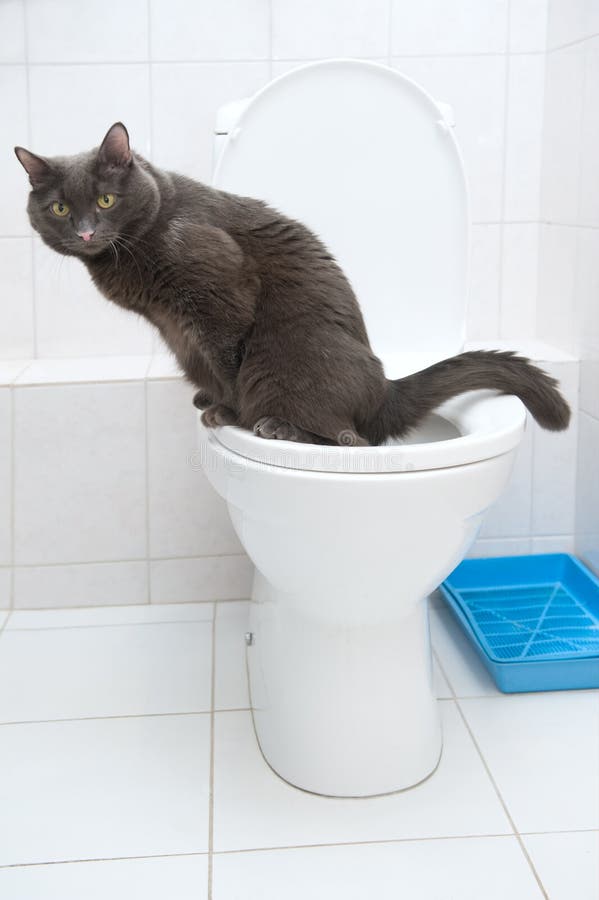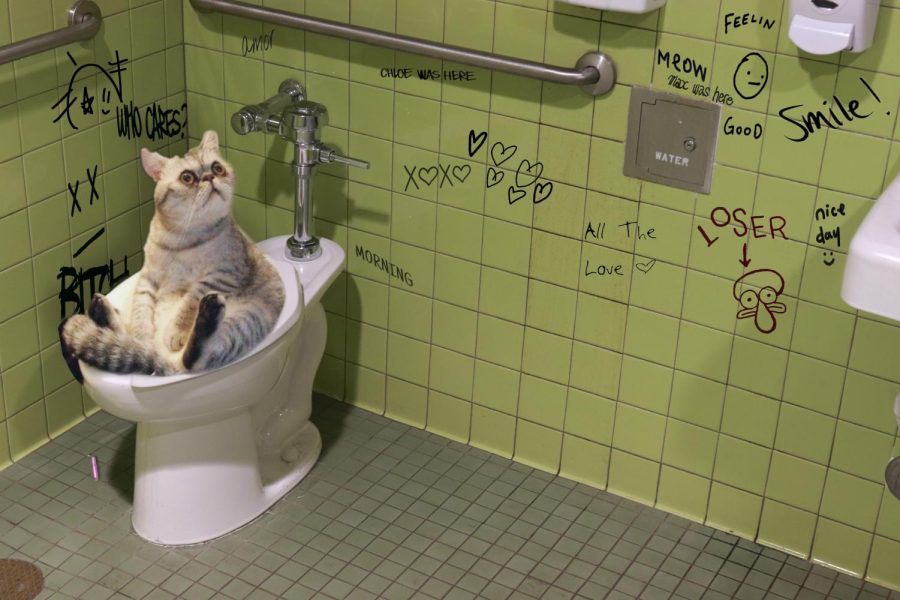Key Reasons Why Animal Waste Must Never Be Flushed Down the Toilet
Key Reasons Why Animal Waste Must Never Be Flushed Down the Toilet
Blog Article
The article listed below relating to 10 Things You Should Never Flush Down The Toilet is really enjoyable. Read it for your own benefit and decide what you think of it.

When it comes to throwing away waste, especially animal waste, lots of people typically consider the practical option of flushing it down the bathroom. However, this relatively very easy solution can have significant consequences for the atmosphere and public health. In this write-up, we'll discover why flushing pet waste down the toilet is a bad idea and provide alternative methods for correct disposal.
Intro
Correct garbage disposal is crucial for keeping ecological sustainability and public health. While it might seem harmless to purge animal waste down the commode, it can cause numerous problems, both for the environment and human health.
Dangers of flushing animal waste
Ecological effect
Flushing pet waste introduces damaging bacteria and virus into rivers, which can negatively influence water ecosystems. These virus can contaminate water resources and damage aquatic life, disrupting fragile ecosystems.
Public health worries
Pet waste contains dangerous microorganisms such as E. coli and Salmonella, which can position severe wellness dangers to people. Purging pet waste down the commode can contaminate water supplies, resulting in the spread of illness and infections.
Alternatives to flushing
Rather than purging pet waste down the bathroom, there are numerous alternative disposal methods that are extra environmentally friendly and hygienic.
Composting
Composting animal waste is a green way to take care of it. By composting, raw click here material is broken down into nutrient-rich soil, which can be used to fertilize gardens and plants.
Garbage dump disposal
Getting rid of animal waste in a landfill is an additional choice. While not as environmentally friendly as composting, it is a more secure alternative to flushing, as it protects against the contamination of water sources.
Pet dog waste disposal systems
There are specialized family pet garbage disposal systems offered that securely and hygienically get rid of pet waste. These systems typically utilize enzymes to break down waste and remove odors.
Steps to appropriate pet garbage disposal
To guarantee proper disposal of animal waste, comply with these actions:
Scooping and nabbing waste
Consistently scoop and bag pet waste using naturally degradable bags. This stops waste from polluting the setting.
Making use of marked waste bins
Dispose of bagged animal waste in assigned waste bins, such as garden compost containers or garbage dump bins. Stay clear of flushing it down the commode in any way prices.
Cleansing litter boxes and animal locations regularly
Consistently tidy litter boxes and pet dog locations to prevent the build-up of waste and microorganisms. Use pet-safe cleansing items to preserve health.
Benefits of correct disposal techniques
Adopting appropriate disposal approaches for animal waste supplies a number of advantages:
Reduced environmental pollution
Correct disposal approaches minimize the danger of environmental pollution, shielding rivers and ecological communities from contamination
Lessened risk of water contamination.
By preventing flushing pet waste down the bathroom, the risk of water contamination is considerably lowered, protecting public health.
Enhanced cleanliness and health
Correct disposal approaches advertise far better hygiene and health, developing a much safer environment for both people and pets.
Conclusion
In conclusion, flushing animal waste down the toilet is damaging to the environment and public health. By adopting different disposal approaches and complying with proper waste monitoring methods, we can minimize the adverse influence of animal waste and add to a cleaner, much healthier planet.
What To Do With Dog Poo – The Do's And Don'ts Of Disposing Of Faeces
Dog poo bins
Some councils provide dedicated dog waste bins in popular dog-walking areas that can take dog poo that has been bagged but you can legally dispose of dog waste in any public litter bin, as long as it is securely bagged. This also applies to your wheelie bin at home.
Do not flush
Water companies do not recommend flushing dog faeces down the toilet because certain parasites can survive the water processing treatment and are potentially harmful to humans. You should also never consider flushing dog poo that has been bagged down the toilet as the bags will not break down and instead create severe blockages in the sewage system.
In the woods
The Forestry Commission promotes a ‘stick and flick’ method for dealing with waste in the woods. This means finding a stick and using it to flick any poo from off the path so that it is out of the way of other walkers. You could also bury it as long as it is not in an area where there might be livestock.
Livestock
Parasites found in dog poo can be transmitted to livestock if they inadvertently eat infected faeces that has been left on grazing land. This could result in the death of sheep or abortion in cattle so you should always make sure you pick up your dog’s waste in fields where livestock could be present.

Consistently tidy litter boxes and pet dog locations to prevent the build-up of waste and microorganisms. Use pet-safe cleansing items to preserve health.
Benefits of correct disposal techniques
Adopting appropriate disposal approaches for animal waste supplies a number of advantages:
Reduced environmental pollution
Correct disposal approaches minimize the danger of environmental pollution, shielding rivers and ecological communities from contamination
Lessened risk of water contamination.
By preventing flushing pet waste down the bathroom, the risk of water contamination is considerably lowered, protecting public health.
Enhanced cleanliness and health
Correct disposal approaches advertise far better hygiene and health, developing a much safer environment for both people and pets.
Conclusion
In conclusion, flushing animal waste down the toilet is damaging to the environment and public health. By adopting different disposal approaches and complying with proper waste monitoring methods, we can minimize the adverse influence of animal waste and add to a cleaner, much healthier planet.
What To Do With Dog Poo – The Do's And Don'ts Of Disposing Of Faeces
Dog poo bins
Some councils provide dedicated dog waste bins in popular dog-walking areas that can take dog poo that has been bagged but you can legally dispose of dog waste in any public litter bin, as long as it is securely bagged. This also applies to your wheelie bin at home.
Do not flush
Water companies do not recommend flushing dog faeces down the toilet because certain parasites can survive the water processing treatment and are potentially harmful to humans. You should also never consider flushing dog poo that has been bagged down the toilet as the bags will not break down and instead create severe blockages in the sewage system.
In the woods
The Forestry Commission promotes a ‘stick and flick’ method for dealing with waste in the woods. This means finding a stick and using it to flick any poo from off the path so that it is out of the way of other walkers. You could also bury it as long as it is not in an area where there might be livestock.
Livestock
Parasites found in dog poo can be transmitted to livestock if they inadvertently eat infected faeces that has been left on grazing land. This could result in the death of sheep or abortion in cattle so you should always make sure you pick up your dog’s waste in fields where livestock could be present.

We hope you enjoyed our piece on Can You Flush Dog and Cat Poo Down the Toilet?. Thanks for taking time to read our post. So long as you enjoyed reading our blog posting if you please do not forget to pass it around. Many thanks for taking the time to read it.
Call Today Report this page